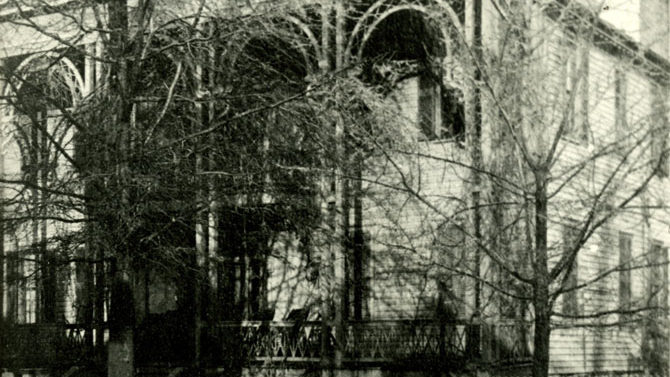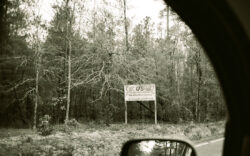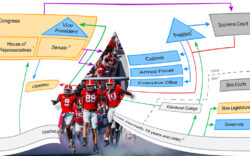What is the long-term impact on Athens from all the luxury high-rise apartments downtown? Assuming that the latest approval on Mitchell Street does turn out to be well-to-do retirees or successful alumni needing a pied-à-terre for football weekends, that complex may differ from the already-in-place student apartments only in the age of the occupants.
Statistically, most of these putative retirees, like most of the students dwelling downtown, will be from the Atlanta area and will want the goods and services they are accustomed to at home. This surmise is based on the recognition that neither the students nor the football-oriented retirees will be full-time, long-term residents of Athens. They move here for the university and for its football, and when the school is not in session or they graduate or flunk out, or there is no game day, they return to Atlanta.
So, what we are talking about is an influx of money downtown looking to be spent on familiar brands. In this sense, these part-time residents differ even from the convention trade at the Classic Center, in that they are less attracted by the charm of a different place with its indigenous offerings.
History, as usual, can help us sort out the effects of these changes that ripple through our town. If you don’t have The Tangible Past in Athens, Georgia, a visit to the library can prove rewarding. We all know that Athens is here because of the University of Georgia; The Tangible Past gives us the perspective necessary to understand that relationship. Athens started out along Oconee Street, coming up from the original settlement on the river toward the new site of the university, as the town began to spring up to serve the college. Thus, immediately we can enjoy the irony that the much ballyhooed student high-rise, The Mark, occupies much of the land where Athens began, and its bro-complex, The Standard, sits on Thomas Street, Athens’ first street of fine homes, now occupied by the Classic Center and its new hotel.
Let’s fast-forward this history. The mansions that lined Thomas and neighboring streets downtown were torn down so that the business district that we now prize for its architecture could expand. That business district, by the middle of the 20th Century, drew shoppers from all over northeast Georgia to its local businesses and its Macy’s, Belk and Penney, and then overnight the center of commerce shifted in 1981 to Georgia Square Mall on the Atlanta Highway. That, really, was the beginning of what we now remember as our downtown Athens of charming old buildings and entrepreneur-owned businesses. That was also the time when the university kicked alcohol off campus. The availability of cheap space, low-interest loans from the Athens Downtown Development Authority, liberalized liquor laws and nest eggs plucked from a variety of chickens all coalesced to create the eclectically quirky downtown Athens restaurant-bar-shop scene, buoyed by the students attending classes across the street and living nearby.
What the university giveth, the university taketh away. Classrooms and dorms migrated south, away from downtown. The university began to get out of the housing business and strictly curtailed parking on campus while expanding its bus service. Tougher DUI laws coincided, and a national trend found students wanting to live within walking distance of the campus and its extracurricular activities. Moreover, thanks to the early turning of the HOPE Scholarship from a stipend based on need to one rewarding good grades, these walking-distance students were well heeled and tended to come out of the Atlanta suburban schools that were generally superior to those in the rest of the state which had historically supplied a wide geographical mix of (white) students. Thus, The Standard and The Mark and all those a little farther and a lot farther out, providing their own transportation to vie for the student lodgers. And those students, with family finances bolstered by the HOPE, want only the finest and the most familiar. Thus, J. Crew rather than George Dean, and Fuzzy’s Taco Shop and CVS and Urban Outfitters, and we segue further away from the locally owned downtown that filled in after the mall sucked commerce westward and we move closer to that Atlanta nexus that has neutered other small towns closer in.
Those of us who prefer the local and the personal are troubled by this brave new Athens. We have fought for local business as we have fought for the integrity of the intown neighborhoods, only to see the values skyrocket to the point that the old student-faculty-townie coalitions that saved them cannot afford to live in those neighborhoods, nor could they pay rent to open a business downtown.
Our local government could have steered us in a different direction, but it didn’t. So, as Athens continues toward becoming a little Atlanta, a little Everywhere, the Classic Center may have trouble selling the convention trade on the local charm of our Waffle House.
Like what you just read? Support Flagpole by making a donation today. Every dollar you give helps fund our ongoing mission to provide Athens with quality, independent journalism.









